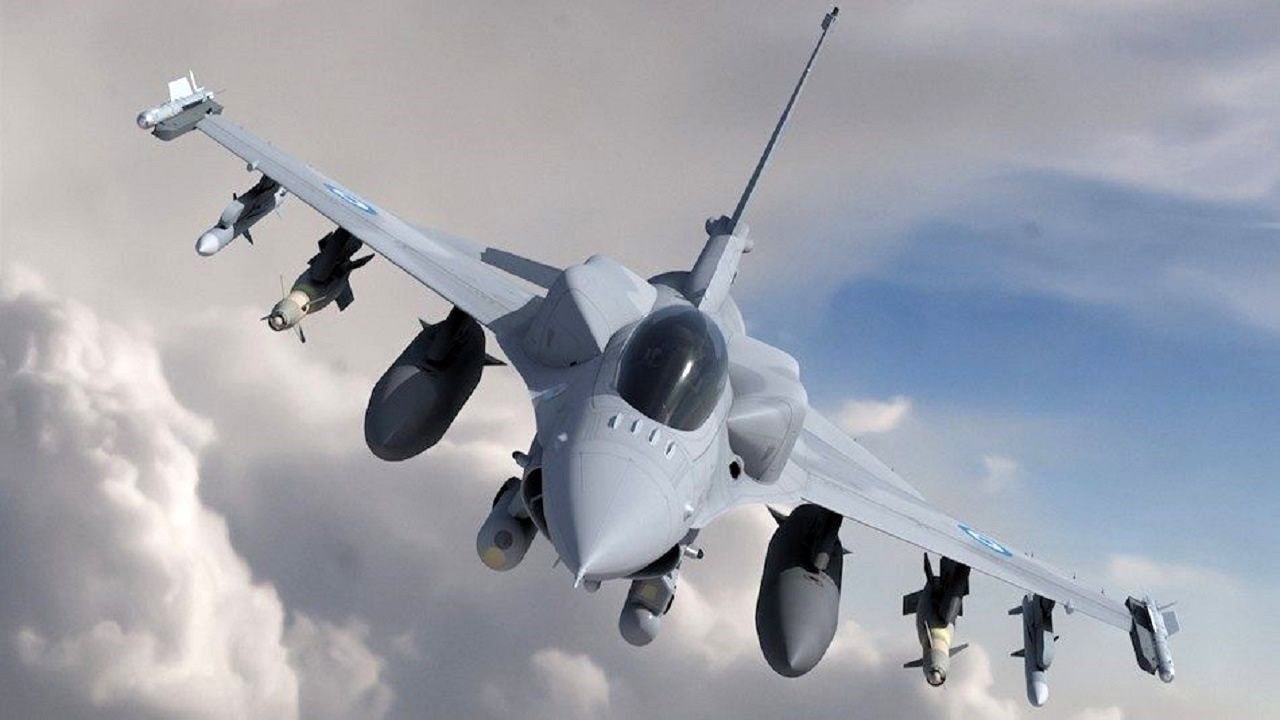With F-16s now in the picture, a Ukrainian counteroffensive against Russian forces might seem more likely.
In March, Ukrainian President Volodymyr Zelensky revealed that Kyiv’s highly anticipated counteroffensive would be held off pending the delivery of more advanced weapons from Western allies.
For months, Ukraine has hinted that a counteroffensive is in the works or at least imminent. Some analysts believe the notion is a ruse meant to keep Russian forces spread thin along the front lines.
Other experts assert that Kyiv really is planning to launch a counteroffensive in the near future. NATO members throughout the 15-month conflict have pledged to provide a litany of artillery, longer-range missile systems, armored vehicles, and munitions to aid Kyiv’s defense. While the U.S. has provided Ukraine with the most weaponry and monetary assistance since the onset of Russia’s invasion, the Biden administration had refused to deliver advanced fighters. Last week during the G7 summit in Japan, however, that policy shifted. Now that Biden has told allies that the U.S. would in fact support an international coalition to train Ukrainian pilots on Western jet platforms, Zelensky may be more inclined to begin the counteroffensive.
Reversing Military Aid Policies
The F-16 question is just the latest instance of the U.S. incrementally increasing its provision of military aid to Ukraine. Initially, the White House denied sending Stinger anti-aircraft missiles, Patriot missile defense systems, and M1 Abrams main battle tanks to Kyiv. Over time, though, the Biden team acquiesced to each request.
The F-16 saga has played out in a similar fashion. In an interview this February with ABC News, U.S. President Joe Biden asserted that Ukraine “doesn’t need F-16s now” and that he was “ruling it out for now.” Pentagon officials mirrored this rhetoric earlier in the year, claiming that even if F-16s were delivered to Kyiv, it could take up to two years to train Ukrainian pilots and properly equip them to fly these fighters.
The Hesitation on F-16s
According to the Associated Press, “U.S. officials say it will take several months to iron out details, but the U.S. Air Force has quietly determined that the actual training could realistically be done in about four months. The Air Force based the far shorter estimate on a visit by two Ukrainian pilots to a U.S. air base in March, where they got to learn about the F-16 and fly simulators. The training, officials say, would take place in Europe.”
The F-16 Fighting Falcon was derived from the Lightweight Fighter Program in the 1970s. Since its entry to service, the platform has remained a staple in the U.S. Air Force. The highly maneuverable jet can excel in both air-to-air and air-to-surface combat and can outfly many near-peers.
While the F-16 will undoubtedly enhance Ukraine’s aerial abilities, the platform is still no match for Russia’s S-400 surface-to-air missile system. The F-16s would, however, boost the Ukrainian Air Force’s survivability and air-to-air lethality, according to other experts.
Just because the White House has acquiesced to supporting the delivery of F-16s to Ukraine does not mean these jets will end up on the front lines in the upcoming days — or perhaps even for weeks or months. In fact, a lot of the military equipment and gear that has been pledged to Kyiv by the U.S. and other NATO allies has not arrived in the country yet. As outlined in a PBS article, roughly 300 main battle tanks have been promised to Ukraine, including M1 Abrams, Leopard 2s and Challengers.
However, only about 100 of these armored vehicles have arrived. Additionally, out of the 700 fighting vehicles expected to reach Ukraine soon, including British Marauders and U.S. Bradley infantry fighting vehicles, less than half this number has arrived. While the delivery of these vehicles will be paramount for Kyiv’s counteroffensive, the U.S. does not believe F-16 fighter jets will be used in this likely operation.
Following Biden’s G7 announcement, Brig. Gen. Pat Ryder disclosed that America’s support to provide F-16 fighters to Ukraine is an “investment” in the country’s medium- to long-term capabilities: “F-16s for Ukraine is about the long-term commitment to Ukraine,” Ryder told reporters at a briefing, before adding that “these F-16s will not be relevant to the upcoming counteroffensive.”
Although the U.S. purports that the addition of F-16s in Ukraine’s military arsenal wouldn’t be a “gamechanger,” the Kremlin warned that such a delivery would be considered “escalatory” and would “involve enormous risks.”
Even if Ukraine does not utilize an incoming fleet of F-16 fighter jets in its counteroffensive, Moscow is clearly threatened by the country’s imminent new ability in the skies. The exact timing of Zelensky’s counteroffensive remains unclear, but without the full arrival of Western-pledged armored vehicles, the coordinated operation may be halted for now.
Maya Carlin, a Senior Editor for 19FortyFive, is an analyst with the Center for Security Policy and a former Anna Sobol Levy Fellow at IDC Herzliya in Israel. She has by-lines in many publications, including The National Interest, Jerusalem Post, and Times of Israel. You can follow her on Twitter: @MayaCarlin.

